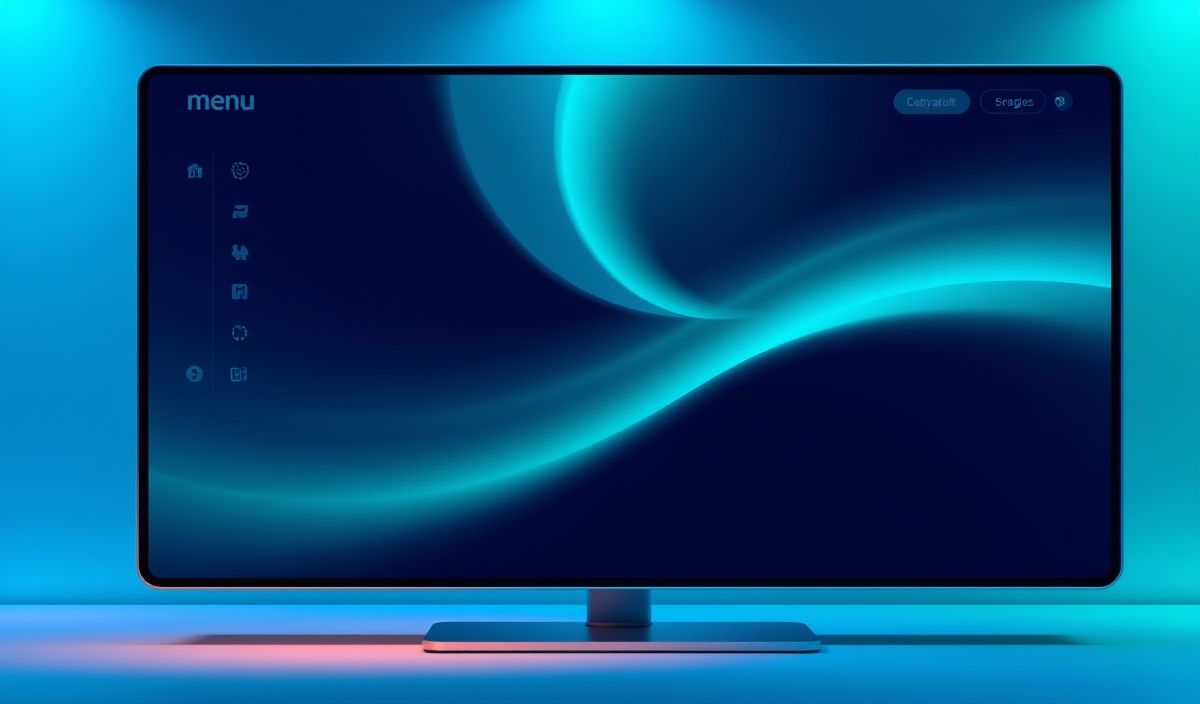Introduction to Menubar in Web Development
The menubar is a fundamental component in web development, acting as a navigational hub for users. This guide will introduce you to the concept of menubar, its benefits, and a plethora of APIs you can use to integrate it seamlessly into your web application.
Basic Menubar Example
To begin with, a simple HTML menubar can be created using the <nav> element:
<nav>
<ul>
<li><a href="#home">Home</a></li>
<li><a href="#services">Services</a></li>
<li><a href="#contact">Contact</a></li>
</ul>
</nav>
Styling the Menubar with CSS
Enhance the appearance of your menubar with some basic CSS:
nav ul {
list-style-type: none;
padding: 0;
margin: 0;
overflow: hidden;
}
nav li {
float: left;
}
nav li a {
display: block;
padding: 14px 16px;
text-decoration: none;
color: black;
}
nav li a:hover {
background-color: #ddd;
}
JavaScript for Interactive Menubar
Adding JavaScript can make your menubar more interactive. Here’s an example of a responsive menubar using JavaScript:
<script>
function toggleMenu() {
var menu = document.getElementById("menu");
if (menu.style.display === "block") {
menu.style.display = "none";
} else {
menu.style.display = "block";
}
}
</script>
<button onclick="toggleMenu()">Menu</button>
<nav id="menu" style="display: none;">
<ul>
<li><a href="#home">Home</a></li>
<li><a href="#services">Services</a></li>
<li><a href="#contact">Contact</a></li>
</ul>
</nav>
Advanced Menubar with Dropdowns
Creating dropdown menus in your menubar can enhance navigation significantly:
<nav>
<ul>
<li><a href="#home">Home</a></li>
<li>
<a href="#services">Services</a>
<ul>
<li><a href="#design">Design</a></li>
<li><a href="#development">Development</a></li>
</ul>
</li>
<li><a href="#contact">Contact</a></li>
</ul>
</nav>
<style>
nav ul ul {
display: none;
position: absolute;
}
nav ul li:hover > ul {
display: block;
}
</style>
Application Example with Menubar
Here’s a practical example of a web application that incorporates the menubar APIs described:
<!DOCTYPE html>
<html>
<head>
<title>Web App with Menubar</title>
<style>
/* include previous CSS styles here */
</style>
<script>
// include previous JavaScript here
</script>
</head>
<body>
<header>
<button onclick="toggleMenu()">Menu</button>
<nav id="menu">
<ul>
<li><a href="#home">Home</a></li>
<li><a href="#services">Services</a></li>
<li><a href="#contact">Contact</a></li>
</ul>
</nav>
</header>
<main>
<h1>Welcome to Our Web App</h1>
<p>This is a demo application showcasing a versatile menubar.</p>
</main>
</body>
</html>
By utilizing these APIs, you can create a highly functional and visually appealing menubar for your web application, enhancing user experience and supporting SEO best practices.
Hash: b451d42f563740968bdba30ed2bc5e7d393a345907d3600262ee88747a82f766




